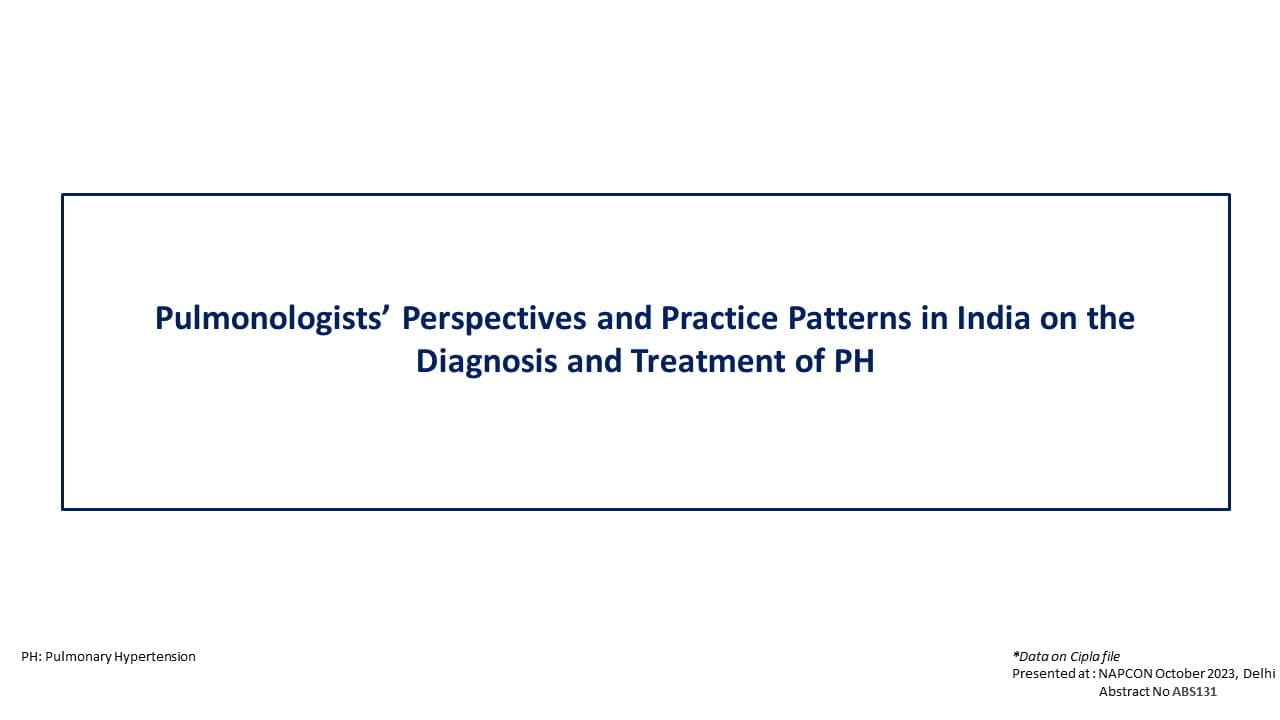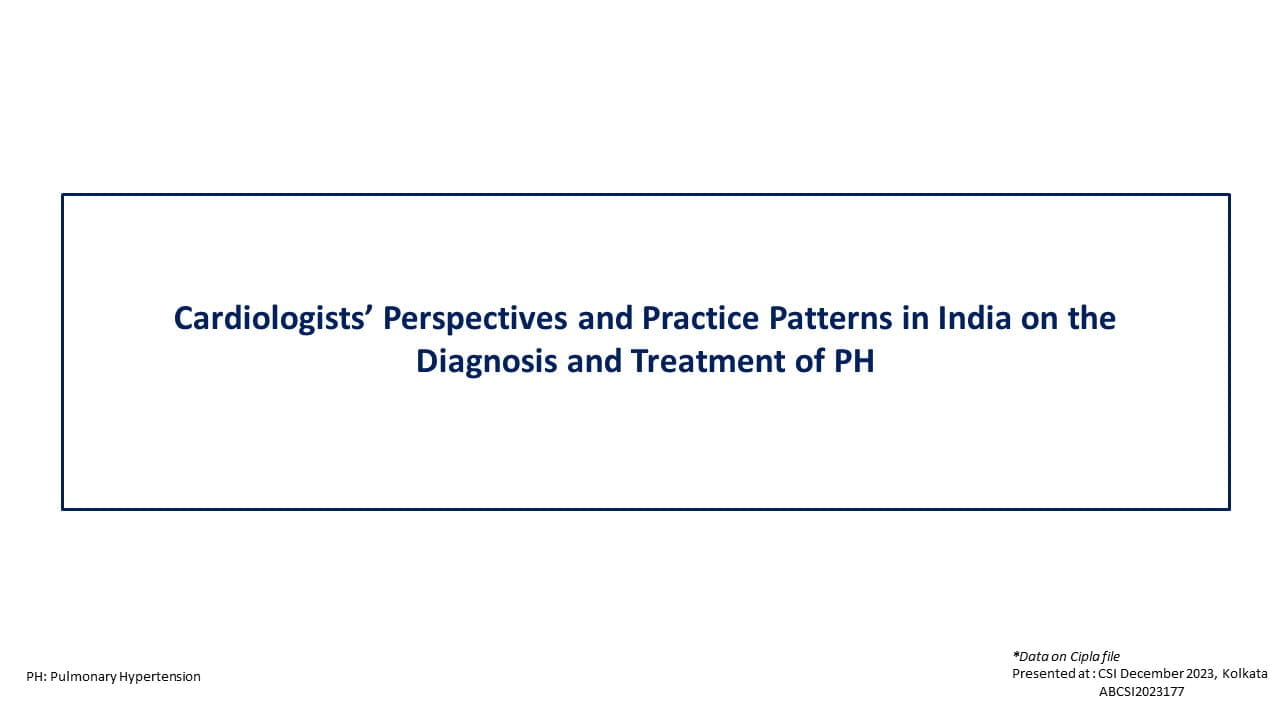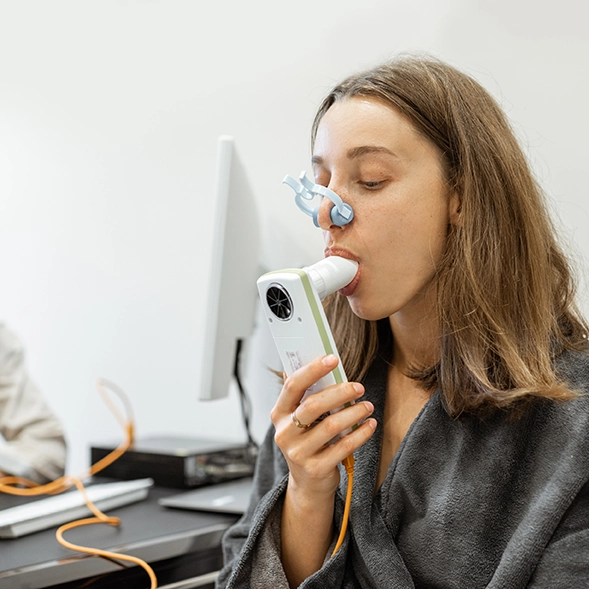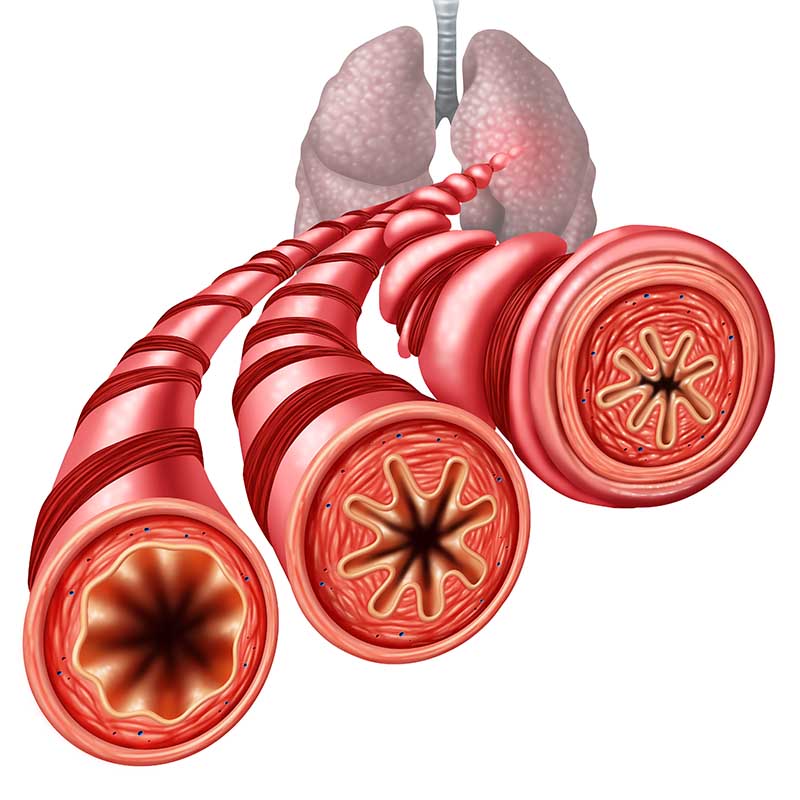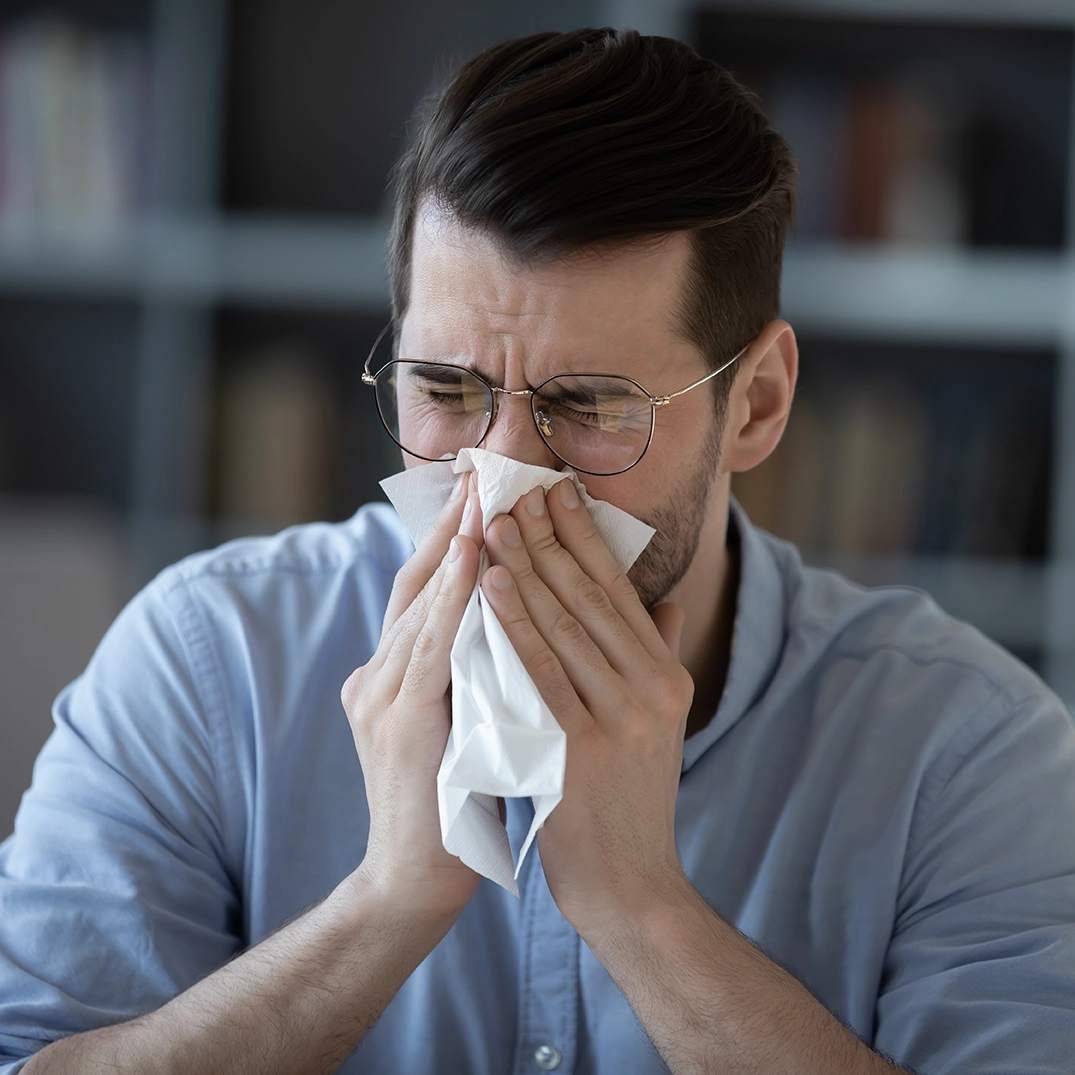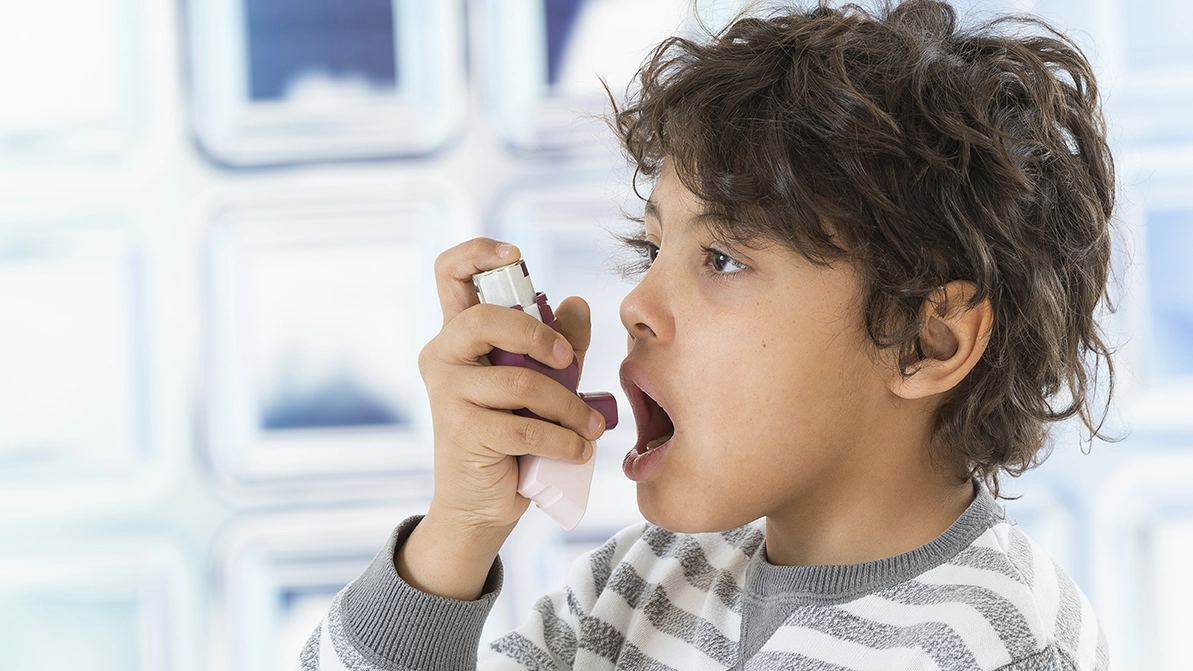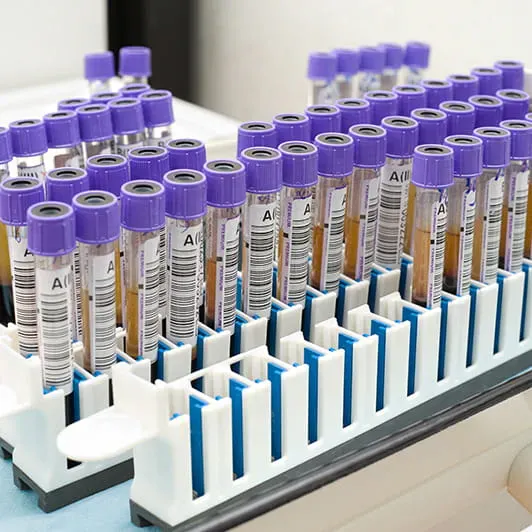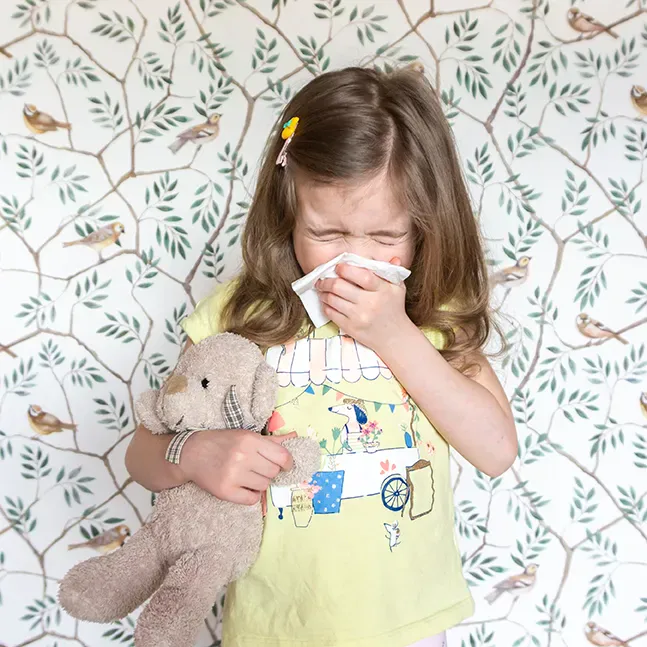Efficacy & Safety of Secukinumab in Hidradenitis Suppurativa: SUNSHINE & SUNRISE Extension Trials
Introduction
Hidradenitis suppurativa (HS) is a challenging chronic inflammatory condition that recurs frequently and significantly affects patients' quality of life. Currently, only three biologic treatments adalimumab, secukinumab, and bimekizumab—have received approval for use. The SUNRISE phase III trials have shown that secukinumab maintains lasting clinical efficacy in individuals with moderate-to-severe HS
Aim
To evaluate the long-term efficacy, safety/tolerability, and maintenance of clinical response of secukinumab through Week 104 in the extension trial
Patient Profile
Adults (>18 years) with moderate-to-severe HS for at least one year including those previously treated with TNF-α inhibitors or stable doses of selected antibiotics, and patients who completed the core trials and received treatment through Week 52
Methods
- Multi-centre, 4-year extension trial of the landmark SUNSHINE/SUNRISE phase III core trials
- 1084 adults with moderate-to-severe HSwere included in core trials were.
- At Week 52, patients were categorized as HiSCR responders or non-responders, determining their subsequent treatment path.
- HiSCR responders(n=700)entered a randomized withdrawal period (RWP) with secukinumab or placebo,
- HiSCR responders received subcutaneous (s.c.) secukinumab 300 mg every 2/4 weeks (SECQ2W/SECQ4W) through week 52 in the core trials were randomised 2:1 to continue secukinumab (SECQ2W-R-Q2W or SECQ4W-R-Q4W) or receive placebo (SECQ2W-R-PBO or SECQ4W-R-PBO) through Week 104
- Non-responders (n=308) received open label secukinumab
Endpoints
- The primary objective of the extension trial was to demonstrate the efficacy of secukinumab in Week 52 HiSCR responder patients, and any subsequent LOR through Week 104, compared with placebo (SECQ2W-R-Q2W vs. SECQ2W-R-PBO and SECQ4W-R-Q4W vs. SECQ4W-R-PBO)
- Secondary and exploratory objectives included the long-term safety and tolerability of secukinumab, HiSCR, skin pain response (numeric rating scale [NRS] 30), and Dermatology Life Quality Index (DLQI) response
Results
- In extension trial primary endpoint ie time to loss of response (LOR), was not met for either secukinumab dosing regimen compared with placebo
- The estimated risk reduction for LOR for SECQ2W-R-Q2W vs SECQ2W-R-PBO was 13%
- The estimate risk reduction for LOR for SECQ4W-R-Q4W vs SECQ4W-R-PBO was 30%
Figure 1: Risk Reduction for LOR
Table 1: Primary endpoint analysis of time to LOR in Week 52 HiSCR responders
N
n
n/N (%)
KM estimates
HR estimates
p-value
SECQ2W-R-Q2W
136
73
73/136
(57.7)
283
0.87
0.250
SECQ2W-R-PBO
71
41
41/71
239
SECQ4W-R-Q4W
121
60
60/121
(49.6)
365
0.70
0.044
SECQ4W-R-PBO
63
41
41/63
(65.1)
171
n= number of patients with LOR; N= number of patients in arm
- The median time to LOR for
- SECQ2W-R- Q2W was 283 days vs 239 days for SECQ2W-R-PBO (44-day difference)
- SECQ4W-R-Q4W [365 days] vs. SECQ4W-R-PBO [171 days]
- A significant portion, 64.7% (121/187), of patients who had experienced LOR managed to recover their previous AN count status by Week 104 of the open-label period
- Approximately 32.6% (61/187) of patients regained their AN count status relatively quickly, within the first 12 weeks after meeting the LOR criteria.
Safety
- Adverse event (AE) reporting was balanced between arms in the RWP
- The most common AEs were Coronavirus disease 2019 (COVID-19), hidradenitis, and
- ·nasopharyngitis, with no trend observed between treatment arms or secukinumab doses
- No deaths were reported in the extension trial up to data cut-off. Overall, discontinuation due to AEs/SAEs occurred infrequently
HiSCR Response
- A significant percentage of patients who initially met the LOR (Loss of Response) criteria still achieved HiSCR at Week 104 in all treatment arms
- Conversely, a high percentage of patients not meeting LOR also achieved HiSCR in Week 104.
Figure 3: HiSCR achievement at Week 104 in patients who experienced LOR and did not meet LOR at week 52
- Patients experiencing LOR but achieving HiSCR at Week 52 still showed a high mean change in AN (Absolute Neutrophil) count from baseline, comparable to core trials.
- AN Count Changes in HiSCR Responders with LOR: Week 52 HiSCR responders who experienced LOR still showed considerable mean changes in AN count from baseline:
- SECQ2W-R-Q2W (-7.3±1.14)
- SECQ2W-R-PBO (-8.4±1.15)
- SECQ4W-R-Q4W (-9.4±1.06)
- SECQ4W-R-PBO (-4.8±0.84)
- Continuous secukinumab treatment helped sustain HiSCR from Week 52 to Week 104 in patients receiving SECQ2W and SECQ4W, even after experiencing LOR and potentially up-titrating to SECQ2W
NR30 and DLQI response
- NRS30 at LOR: 33-40% of patients meeting LOR were NRS30 responders
- SECQ2W-R-Q2W =34.5%
- SECQ2W-R-PBO= 40.0%
- SECQ4W-R-Q4W= 34.8%
- SECQ4W-R-PBO = 33.3%
- NRS30 at W104 (no LOR): 45.5-72.7% of patients not meeting LOR were NRS30 responders at Week 104.
- DLQI at LOR: 29.4-39.4% of patients meeting LOR were DLQI responders
- SECQ2W-R-Q2W =39.0%
- SECQ2W-R-PBO =39.4%
- SECQ4W-R-Q4W =38.0%
- SECQ4W-R-PBO = 29.4%
- DLQI at W104 (no LOR): 54-70.2% of patients not meeting LOR were DLQI responders at Week 104. Response was generally sustained with continuous treatment
Conclusion
- The primary endpoint (time to Loss of Response through Week 104) was not met, although secukinumab showed numerically longer median time to LOR compared to placebo.
- Continuous secukinumab exposure resulted in sustained long-term HiSCR in Week 52 responders, supporting continued treatment
- Secukinumab's long-term safety profile remained consistent with previous findings, affirming its reliability for treating moderate-to-severe HS
Reference
Br J Dermatol. 2024 Nov 29:ljae469


